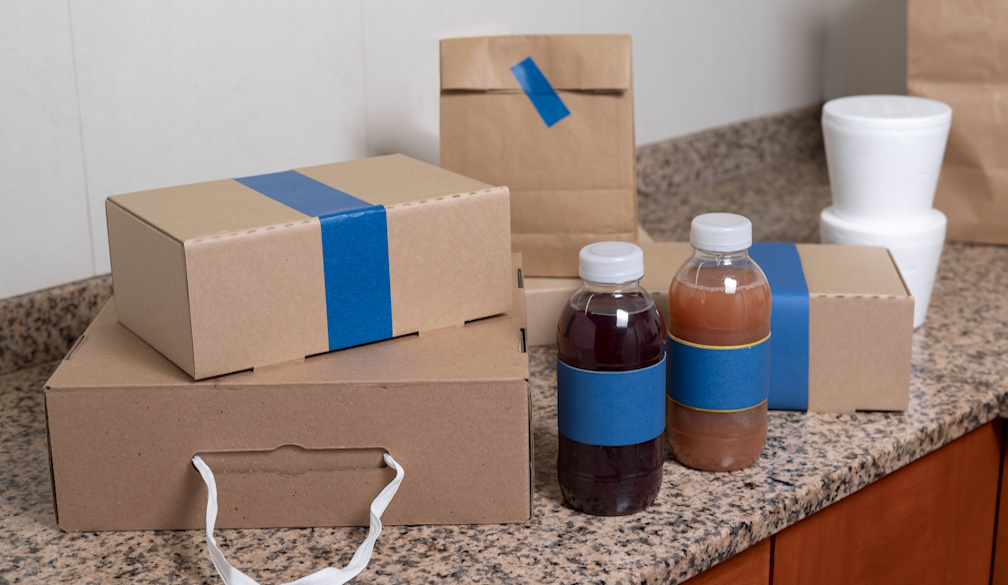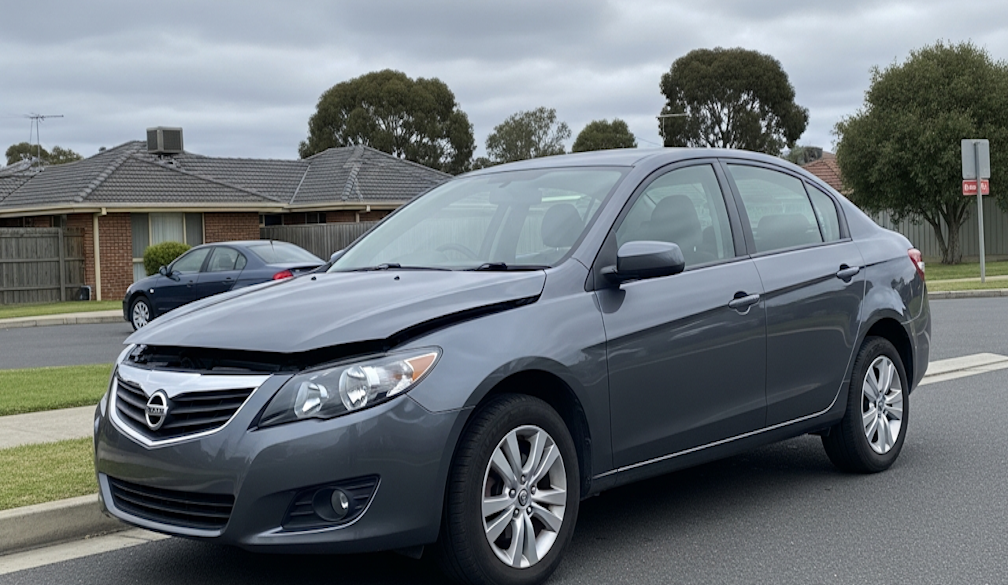a threat or an opportunity for rugby league?
- Written by Hunter Fujak, Senior Lecturer in Sport Management, Deakin University
On Sunday, one of rugby league’s best forwards, Payne Haas, confirmed[1] his switch in national allegiance from Australia to Samoa.
Haas, who played four Tests for Australia, was born in New South Wales. His mother is Samoan[2] and his father is Filipino-Swiss[3].
With several other top NRL players[4] considering similar moves, the sport looks set for a period of international rejuvenation just as Australia prepares to host the 2026 Rugby League World Cup[5].
What’s behind the moves?
Haas’ switch to Samoa continues a trend that began in 2017[6] when Jason Taumalolo stunned the rugby league world by switching his allegiance[7] from New Zealand to Tonga.
At the time, he was arguably the game’s best forward and explained his move as a way to inspire Tonga’s young athletes:
I just feel it’s time to give back and hopefully I can assist and inspire young Tongan players to chase their NRL goals.
In the words of Haas[8]:
There was a moment playing for Australia against Samoa where the anthems were playing and my mind started racing back to lots of memories with my mum making us sing the Samoan national anthem in the car. And from that moment onwards I wanted to play for Samoa.
As research into Pasifika identity in rugby league[9] shows, this is more than just a sporting decision. For many players, it’s a cultural and spiritual responsibility[10].
Faith[11], family[12] and service to community are central to Pasifika life. Wearing the jersey of a heritage nation becomes a public act of honouring ancestors, strengthening village ties and giving back to the people who shaped them.
Haas’ self-described journey of identity can be contrasted to widespread and somewhat simplistic media framing of such players as “defectors[13]”.
But for many Pasifika athletes, irrespective of their birthplace[14], rugby league is merely what they do to better serve their Pasifika community, which is a key reason some choose to pledge allegiance to their island nations.
How can these athletes switch allegiances?
Haas’ switch to Samoa is possible because of changes to rugby league’s eligibility rules[15] in 2016, which facilitate fluid athlete mobility between Tier 1 (Australia, New Zealand, England) and Tier 2 (everyone else) nations.
This structure is highly flexible compared to most international sports.
In soccer[16], for example, athletes are generally tied for life to the country for whom they played their first competitive senior international match (with limited exceptions).
In rugby union[17], rules were relaxed in 2022 but remain highly restrictive: World Rugby allows a one-time switch but only after a three-year stand-down period from international rugby.
What about State of Origin?
The most critical and contentious aspect of all this is whether players can simultaneously play State of Origin (if eligible) and represent a Tier 2 nation.
In a conventional sport development pyramid[18], State of Origin would be a pathway for Australian team selection. Yet, of the 34 participants in State of Origin 3 this year, upwards of 12 players are likely to represent Samoa or Tonga in the end-of-season Pacific Championships.
State of Origin is estimated[19] to be responsible for 20% of rugby league’s total commercial revenue, so its administrators are highly sensitive to ensuring it remains one of the most-watched sport events[20] on television.
Notably, the NRL has committed to[21] reviewing Origin eligibility.
An opportunity or threat?
Pacific Island nations are reinvigorating an international game marked by limited competitive balance: Australia has won nine of the ten World Cups held since 1975. This has begun to change, first with Tonga’s emergence in 2017, followed by Samoa’s historic[22] 2021 World Cup final appearance.
This is translating to commercial outcomes. The 2024 Pacific Championships featuring Australia, New Zealand and Tonga generated a total audience of 6.2 million viewers in Australia, marking a significant 40% increase[23] on the 2023 edition.
This growth has also been driven by an emerging international women’s rugby league scene, with the NRLW comprised[24] of 48% Pasifika/Māori athletes.
Rugby league’s cultural movement is not just a commercial opportunity in Australia, but a way to win hearts and minds across the broader Pacific.
In rugby union, Pasifika players are often lured via economic incentives[25] to play for developed nations[26], such as Australia, New Zealand and even France[27]. However, in rugby league, the rules have instead encouraged them to proudly play for their island nations.
This has not gone unnoticed by Pacific Island nations and expatriate communities, as best seen in the viral street parades celebrating Tonga[28] and Samoa[29]’s recent successes.
NRL’s chance to embrace its multiculturalism
In 2024, 31.5% of Australia’s population[30] and 28.8% of New Zealand’s population[31] was born overseas, among the highest rates in the world.
In rugby league, this diversity is even more pronounced. In 2025[32], 52% of NRL players were Pasifika, 11% Māori and 14% Aboriginal or Torres Strait Islander.
These figures explain why flexible eligibility rules resonate – they reflect lived identity rather than forcing a single passport choice.
Eligibility rules, originally designed to preserve competitive integrity and the prestige of competitions like State of Origin, assumed a single, fixed national or state identity. But in a multicultural, highly mobile player pool[33], that assumption no longer holds.
This selective flexibility creates contradictions: a player can represent both Samoa and NSW but a New South Welshman of New Zealand or English ancestry cannot do the same. A child who relocated to Queensland at age 12 is a “Queenslander”, while one who did so at 14 is not, according to State of Origin rules.
For players whose identities span multiple cultures and places, the choice often forces them to sideline part of who they are in order to fit a competition’s administrative framework[34].
Rugby league clearly has far more to gain than lose from embracing eligibility rules that reflect lived multicultural realities.
At a time when the number of Indigenous players reaching the AFL has plummeted[35] and private schools increasingly dominate[36] their national draft, rugby league’s cultural diversity[37] may just be its greatest strength.
Dr David Lakisa, founder of Talanoa consultancy, contributed to this article.
References
- ^ confirmed (www.nine.com.au)
- ^ mother is Samoan (7news.com.au)
- ^ Filipino-Swiss (www.nrl.com)
- ^ other top NRL players (www.foxsports.com.au)
- ^ 2026 Rugby League World Cup (www.intrl.sport)
- ^ 2017 (www.academia.edu)
- ^ switching his allegiance (www.abc.net.au)
- ^ words of Haas (www.nrl.com)
- ^ Pasifika identity in rugby league (link.springer.com)
- ^ responsibility (link.springer.com)
- ^ Faith (scholar.google.com)
- ^ family (doi.org)
- ^ defectors (www.nine.com.au)
- ^ birthplace (link.springer.com)
- ^ eligibility rules (theconversation.com)
- ^ soccer (inside.fifa.com)
- ^ rugby union (www.theguardian.com)
- ^ sport development pyramid (www.taylorfrancis.com)
- ^ estimated (www.afr.com)
- ^ most-watched sport events (www.smh.com.au)
- ^ committed to (www.foxsports.com.au)
- ^ historic (www.nrl.com)
- ^ 40% increase (www.nrl.com)
- ^ NRLW comprised (www.nrl.com)
- ^ lured via economic incentives (www.tandfonline.com)
- ^ developed nations (www.taylorfrancis.com)
- ^ France (www.planetrugby.com)
- ^ Tonga (www.nrl.com)
- ^ Samoa (www.abc.net.au)
- ^ Australia’s population (www.abs.gov.au)
- ^ New Zealand’s population (www.stats.govt.nz)
- ^ 2025 (www.nrl.com)
- ^ pool (www.nrl.com)
- ^ framework (www.nrl.com)
- ^ plummeted (theconversation.com)
- ^ dominate (www.abc.net.au)
- ^ rugby league’s cultural diversity (dx.doi.org)













